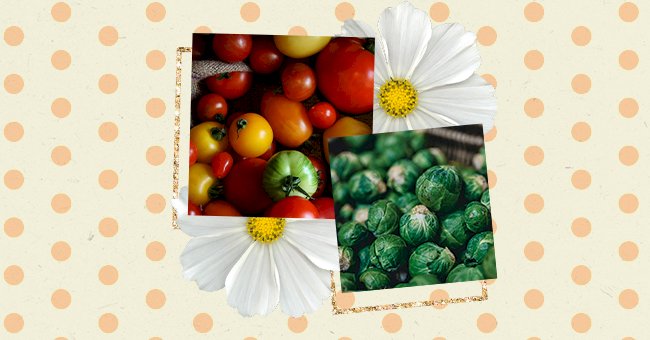
10 Vegetables To Grow This Summer
With cottagecore on the rise, there is a push towards living a more rooted life. However as much as there is much talk about being a plant parent, perhaps you should consider upgrading to growing your food.
There is something so homely about foraging for your lunch or dinner with produce you’ve grown for yourself. Think, carrot soup or grilled eggplant, or sauteed Brussel sprouts. However, if you have ever looked up anything to do with gardening, you may think it’s a complicated process, but it isn’t.
You can grow your produce at home. All you need is sufficient information about planting and harvesting times because changing seasons are a thing. Enhance your cooking and eating experience with these ten veggies you can plant in the summer.
Brussel Sprouts
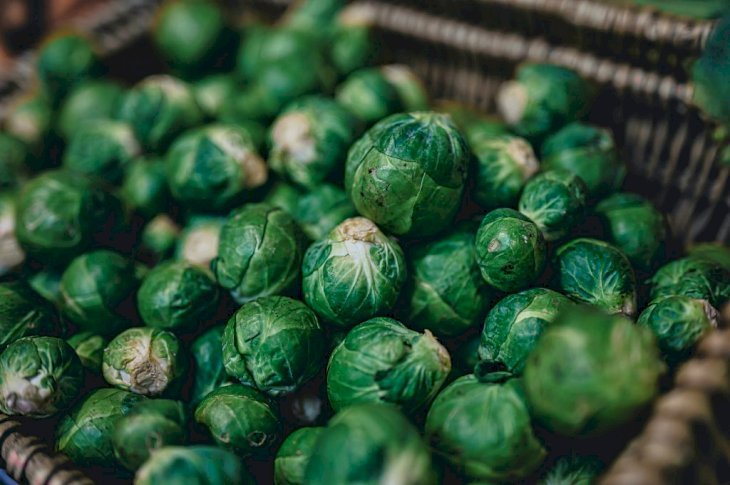
Photo by Jez Timms on Unsplash
Before you make a face, Brussel sprouts get such negative press for no reason. The bitter taste is a result of overcooking. However, when made well, they are super delicious. You can grow this in any home or garden and especially in summer as they need ample sunlight.
Plant them early in the summer and harvest them in early winter. However, note that they do not survive the frost well. Therefore, harvest them immediately. To mention, the freezing temps enhance the flavor of the sprouts.
Tomatoes
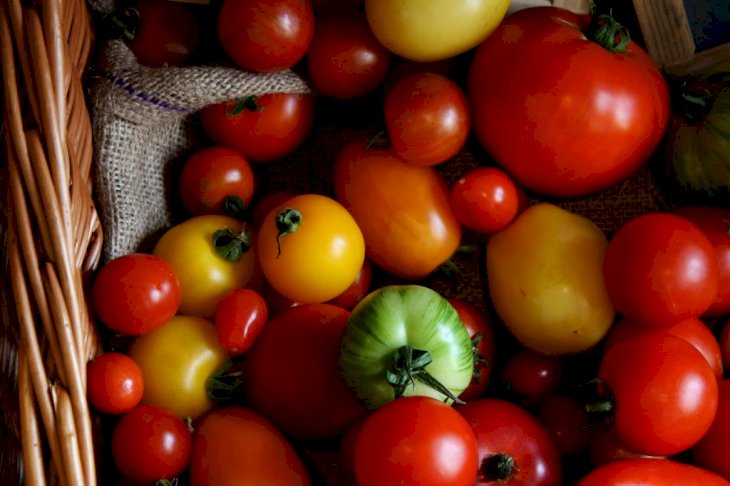
Photo by Richard Barnard on Unsplash
Tomatoes are usually the vegetable that gest most people into planting food. It isn’t without its hype; think about the many things you can do with tomatoes. With summer around the corner, they are the best veg to grow in the heat.
However, watch out for signs of blight that tend to afflict these plants. Aside from that, tomatoes are pretty easy to grow. Start working on the seedlings indoors in early May and transfer them outside when it’s nice and warm.
Leaf Amaranth

Photo by Melody Zimmerman on Unsplash
While leaf amaranth is not a popular as other greens like kale, lettuce, or even cabbage, it has an irresistible tangy taste that compliments many dishes. Moreover, unlike lettuce or spinach, it tolerates heat.
Scatter the seeds in a garden plot or a container eight inches deep inside the soil. Pluck the leaves when they are two to four inches.
Bell Pepper
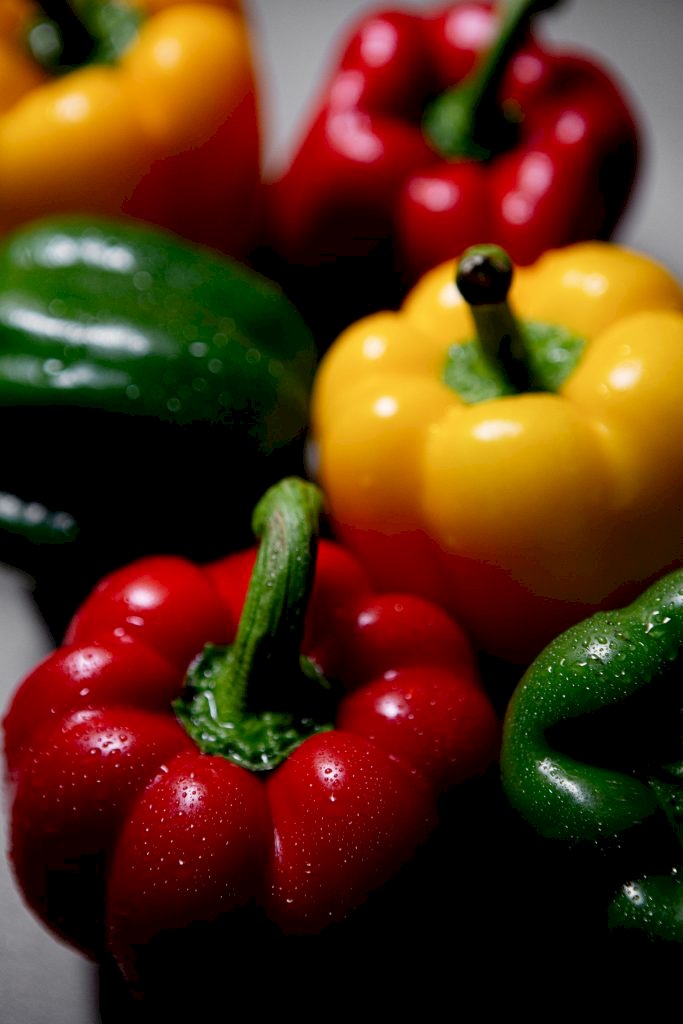
Photo by Vino Li on Unsplash
This tropical veg is the most delicious summery veg. It does need an informed planting schedule as it does have a long planting time. After the frost is all done, that is the best time to put them in the ground.
Colder climates do not suit this plant, so watch out for that. Moreover, despite Bell Peppers being sun-loving, they can get sunburned. Thus, make sure to cover them with shade cloth or move them to part shade if you are growing them in pots. Harvest them young to avoid pests getting to them before you do. Moreover, it would help protect them from powdery mildew, fruit flies, and spotted wilt.
Pumpkin

Photo by Aaron Burden on Unsplash
Pumpkin grows fast, which is ideal; however, you cannot pot-grow them due to their size. These growers need space. If they get out of control, you can lightly prune them. Moreover, put a layer of mulch underneath developing pumpkins.
You will have to watch out for fungal diseases, like powdery mildew and rust. When the vine leaves die turned brown, it’s time to harvest. When cutting off the vine, leave a few inches of stalk on your pumpkin to prevent air and water from entering the pumpkin and risk rotting inside.
Cucumber
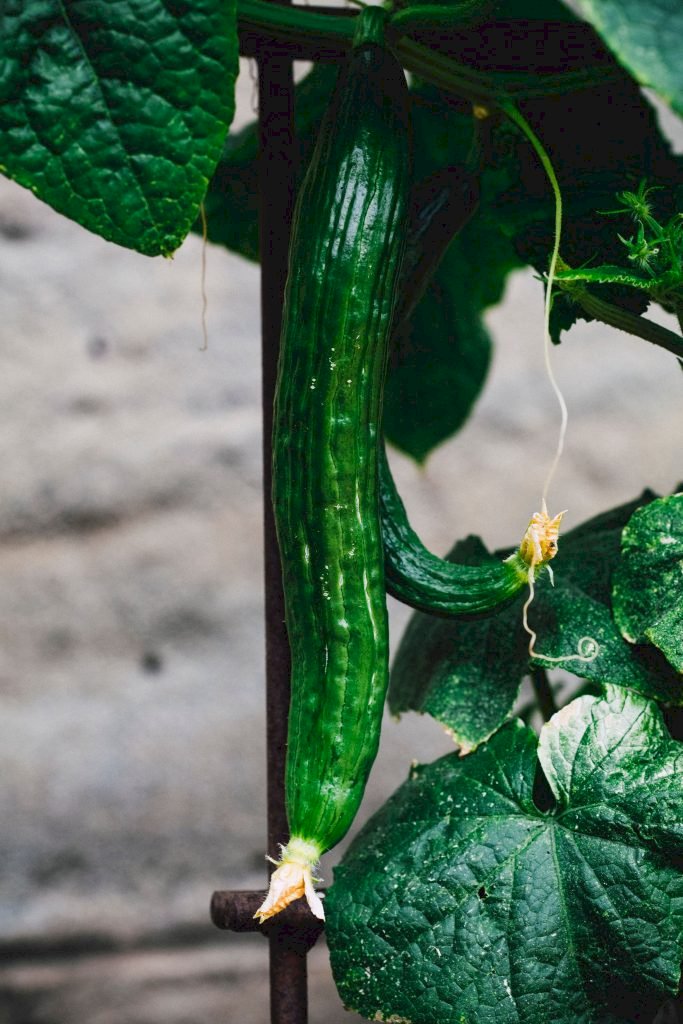
Photo by Markus Spiske on Unsplash
Cucumbers are an easy and refreshing plant to welcome summer. They are hassle-free and grow in the warm soil of spring and summer. Like pumpkins, they grow with vines and, as such, need space. Cucumbers are thirsty so water them until the fruit starts to form.
After reduce watering to a minimum to keep the roots moist—conduct mulching to keep the shallow roots from drying and keep the fruit from dying. Be on the lookout for mildew and harvest when the cucumber is young. This is when the cucumber is at its sweetest.
Warm Weather Herbs
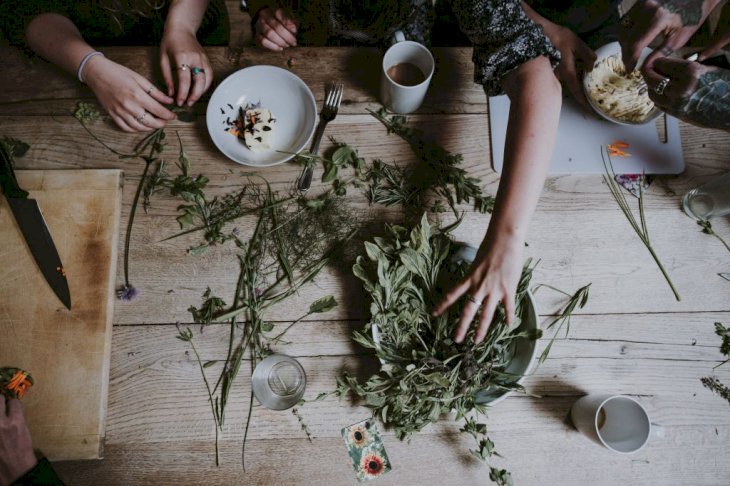
Photo by Annie Spratt on Unsplash
While not specifically veg, warm weather herbs like basil, purple basil, chives, chili, mint, lemongrass, and coriander are the perfect flavorful addition to your summery meals. All you need to do is water twice weekly.
Ginger

Photo by Conscious Design on Unsplash
Ginger is a spice, but hear us out. It’s a super easy grower that loves the heat and humidity. Make sure your soil is well composted and free-draining. Ginger growing will slow in autumn, making it a great time to harvest their roots.
Leave remaining roots in the ground for further harvesting. Their roots will remain growing during the year. Remember to scoop up roots, divide them into smaller pieces and replant them in spring to ensure they keep growing. Also, keep them moist.
Eggplant
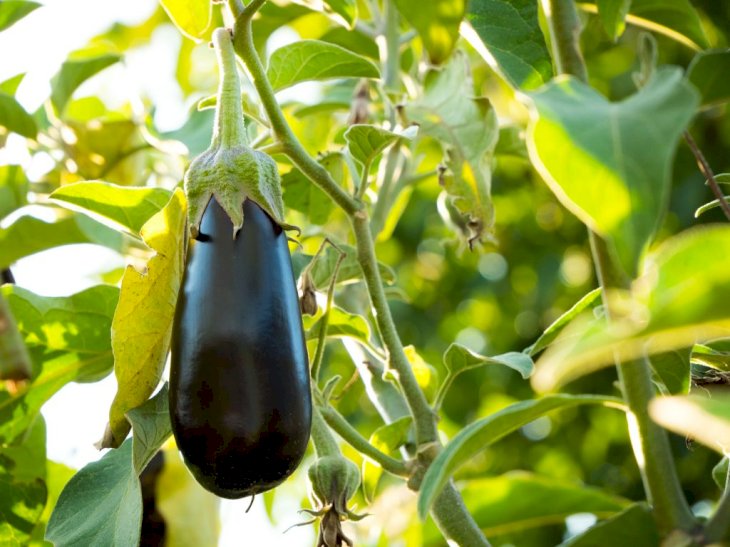
Photo by Dan-Cristian Pădureț on Unsplash
Have eggplants feature in your summer dishes. This veg is a heat seeker. However, it doesn’t like humidity. When planting, make sure to protect them against strong wind and sunburn. Also, ensure they receive proper ventilation.
Watch out for humidity and soggy soil, as this will cause fungal problems. Keep weeds out with well-composted soil and mulch. Eggplants have a lot of variation in size, shape, and color when mature. Therefore, go by the direction of the grower’s plant label for prime harvesting time.
Sweet Corn

Photo by Andre Ouellet on Unsplash
Corn is delicious, but it’s a bit of a diva. It demands a lot of food and water to sustain its fast growth, so you may need lots of organic fertilizer. Moreover, Sweet Corn needs full sun but must be protected from the wind. Plant the seedlings close to ensure successful pollination.
The cobs will mature after three to four months to grow. However, to pick them, wait for the tassels to turn black, twist the cob, and it will snap straight off.